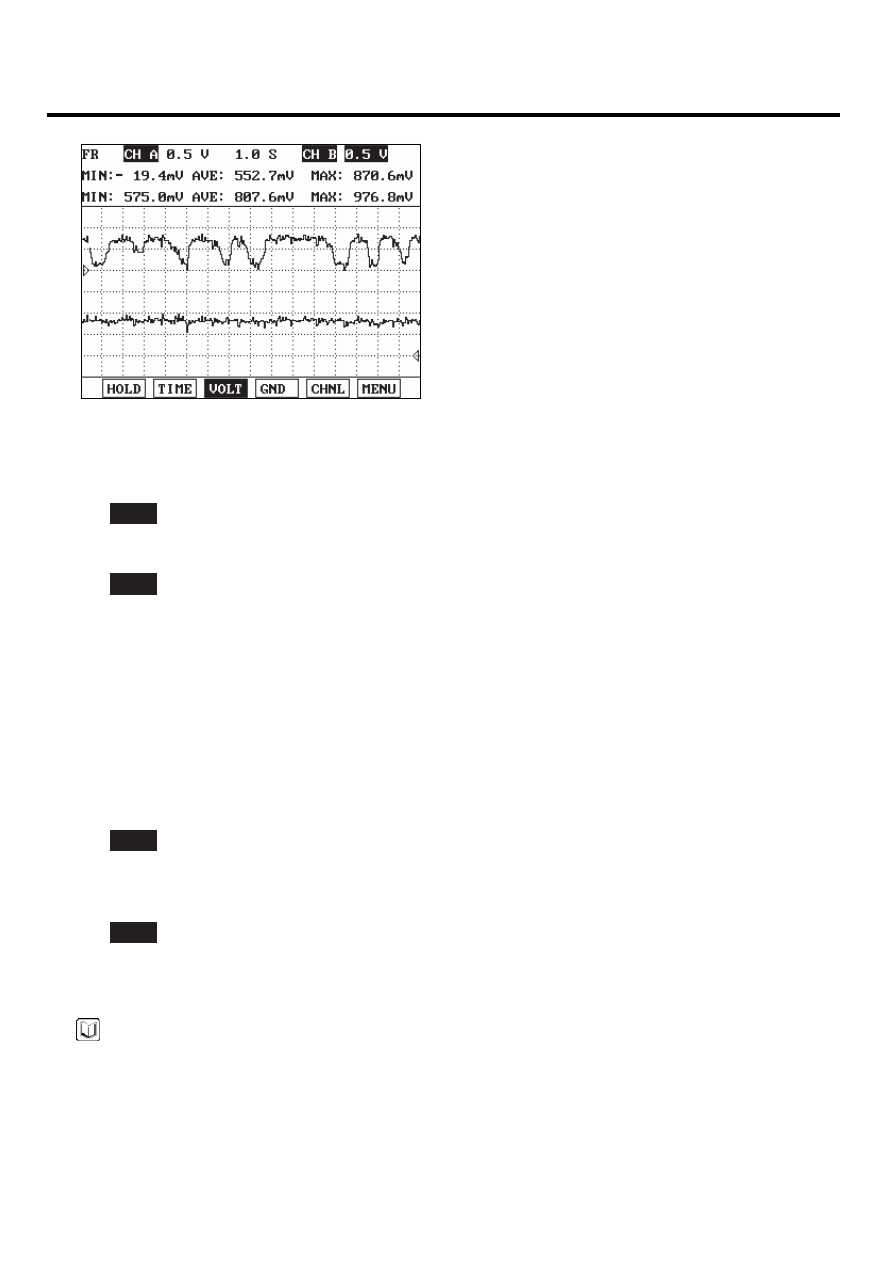Hyundai Santa Fe (2006 year). Manual - part 557

FLA -294
FUEL SYSTEM
Fig) Signal waveform of front(the upper) and rear(the lower) HO2S at idle
SCMF16225L
4)
Is the sensor switching properly?
YES
▶ Go to "Check HO2S" as below.
NO
▶ Substitute with a known - good HO2S and check for proper operation.
If the problem is corrected, go to "Verification of Vehicle Repair" procedure.
2.
Check HO2S
1)
IG "OFF" and disconnect HO2S connector.
2)
Check that the HO2S is securely installed.
3)
Check the HO2S for contamination or damage
4)
Is the sensor normal?
YES
▶ Substitute with a known - good PCM and check for proper operation.
If the problem is corrected, go to "Verification of Vehicle Repair" procedure.
NO
▶ Substitute with a known - good HO2S and check for proper operation.
If the problem is corrected, go to "Verification of Vehicle Repair" procedure.
NOTE
There is a memory reset function on scantool that can erase optional parts automatically detected and memorized
by PCM. Before or after testing PCM on the vehicle, use this function to reuse the PCM on the others.
VERIFICATION OF VEHICLE REPAIR
EB601912
Refer to DTC P0157.